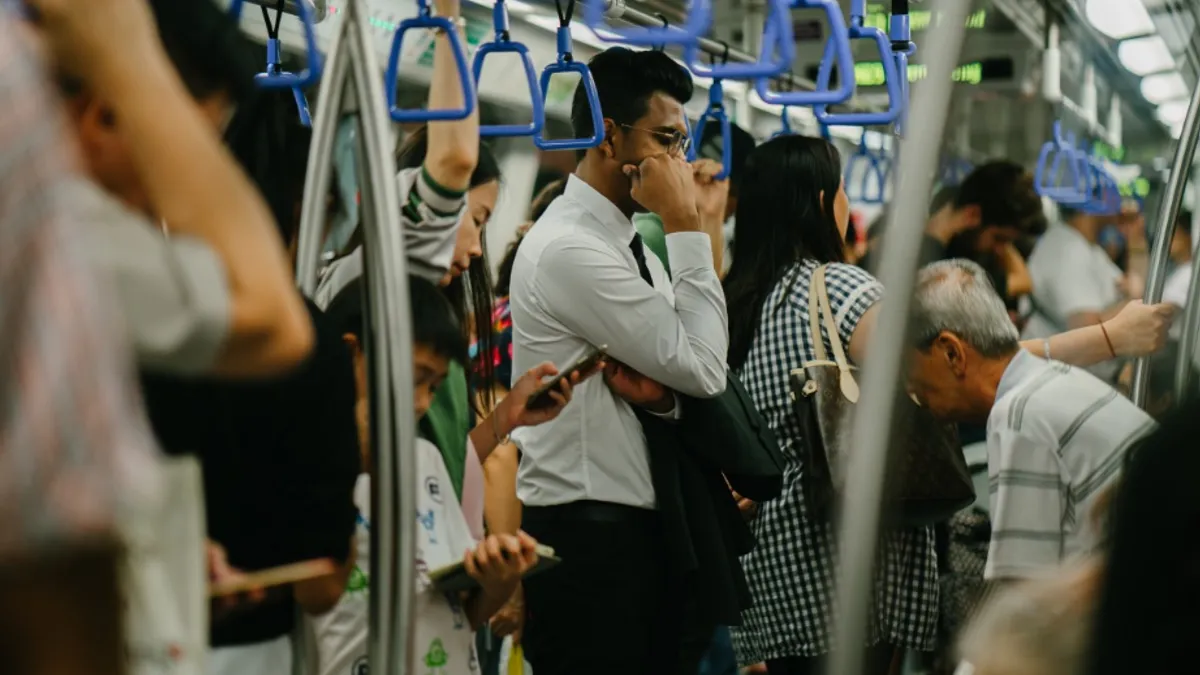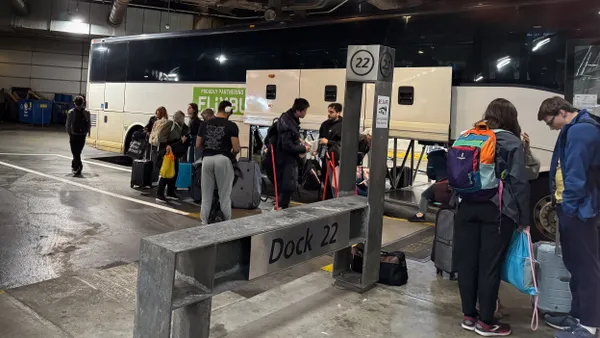Dive Brief:
- Google is expanding the scope of its Pigeon Transit app, which crowdsources information on congestion, delays and other incidents for transit riders. The app will now be available in Boston, Chicago, Los Angeles, San Francisco and Washington, DC.
- Pigeon launched in New York City in September 2018 after being developed in Google’s Area 120 experimental lab. It is currently available for iOS and there is a waitlist for an Android version.
- The app allows riders to post about delays and issues, as well as positive aspects of a commute. It also sends alerts about power outages and services changes, and can send customized notifications before a person even leaves their home or office.
Dive Insight:
Pigeon works similarly to Waze — also owned by Google — by crowdsourcing information to inform mobility and transportation decisions. It will allow users to learn about everything from delays to how warm a station is, making the entire transit experience more efficient and pleasant (the app even allows pictures). The platform also uses static and real-time transit data; a Google spokesman said the goal was to work with transit authorities to add more data to the platform.
Through its Maps app, Google has been working to push users to transit and multimodal options. Last year, the company added real-time transit information to the app, including delays and crowding conditions, and earlier this year it offered a multi-modal trip planning option. Because Pigeon runs out of the Area 120 workshop, it is not affiliated with the Maps app, although it does display similar information.
As part of the expansion, Google also released a new report on New York City subway riders' feelings about certain lines, based on data collected from the crowdsourced information.
Todd Shurn, a professor of computer science at Howard University who has worked on other transit apps, said in an interview that crowdsourcing could make Pigeon a "very powerful app in terms of providing value to the traveler." Beyond just the delay data that can help people avoid long waits, Shurn said it can also improve the overall comfort experience.
"I think particularly in a place like Chicago, things like snow could make this really popular,” Shurn said. “To get validated information about what’s open, or what stations are warm, that’s something people can get a lot of use from."











